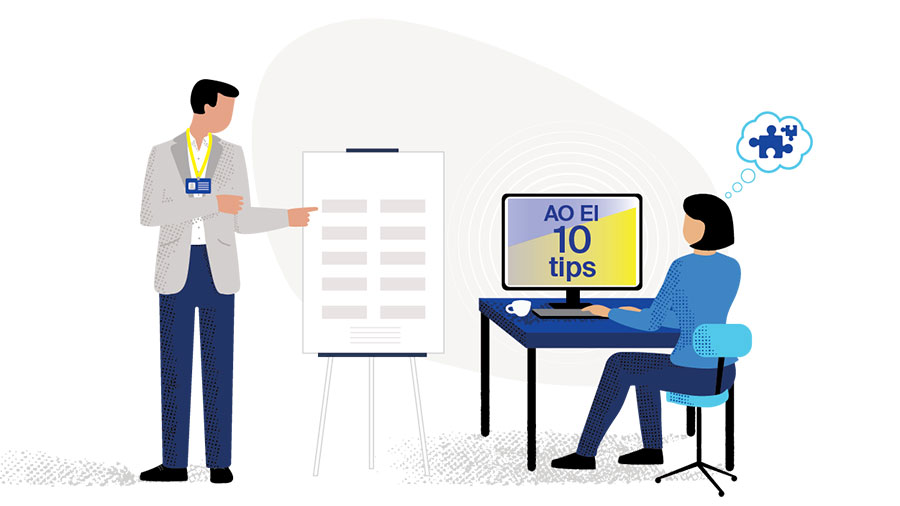10 tips on using AI tools to work smarter and teach better

You’ve likely experimented with tools like ChatGPT or Copilot—rewriting emails, summarizing articles, or preparing teaching materials. But how do we move from casual use to purposeful, effective application? These 10 tips offer focused ways to use AI more efficiently and contextually—whether you’re creating content, engaging learners, or staying up to date. Alongside practical do’s, we highlight essential don’ts around privacy, quality, and common pitfalls.
For guidance on responsible use, also revisit Artificial intelligence (AI) in medical education including 10 tips from FacultyFocus, July 2024.
Tip 1: Start with a clear task
Use AI for specific tasks like rewording an email, outlining a lecture, writing quiz questions, or drafting a case vignette.
Avoid vague prompts. Clarify the audience, purpose, and educational format to get better results.
Tip 2: Polish your message—but keep your voice
Let AI help simplify or tighten your phrasing, especially in tricky emails or instructions.
Always check tone and intent: ensure it still sounds like you—and says what you mean.
Tip 3: Accelerate preparation for teaching
Speed up drafts of slide decks, case discussions, or panel moderation notes.
But remember: AI doesn’t know your learners. Always tailor for clinical context, accuracy and relevance.
Tip 4: Summarize—then verify
Use AI to outline key findings or compare studies. It’s helpful for first drafts or preparatory notes.
But don’t trust citations blindly—AI may fabricate them. Always check primary sources because your credibility depends on it.
Tip 5: Draft better MCQs and discussion questions
Generate quiz items or clinical scenarios to use in active learning.
Edit with care: remove ambiguity, define abbreviations, and make sure it all aligns with your learning objectives.
Tip 6: Prepare for structured, personalized feedback
Use AI to brainstorm reflective questions for bedside teaching or grand rounds.
Reword written feedback to be clearer, kinder or more constructive—but always ensure it reflects your authentic voice, especially in one-on-one settings.
Tip 7: Protect privacy and sensitive content
Turn off “Improve the model for everyone” in settings.
When in doubt, anonymize prompts.
Never paste confidential, unpublished, or patient-related material into public tools.
Tip 8: Cut down on admin load
Let AI be your right hand with meeting summaries, follow-up emails, or report drafts, freeing you to focus on clinical and teaching work.
This is one of AI’s strongest areas—but still review carefully for factual or formatting errors.
Tip 9: Share what works—and what doesn’t
Keep track of useful prompts or workflows. AI is evolving fast, and we benefit from shared learnings and cautions. Be open about where it’s helped—and where it’s misfired.
Tip 10: Think with it—don’t trust it
Use AI to spark ideas, reframe problems, speed up tasks, or adapt content.
But AI doesn’t know you, your patients or your learners. So never rely on it for facts, judgment, personal tone, or true context—that’s your job.

